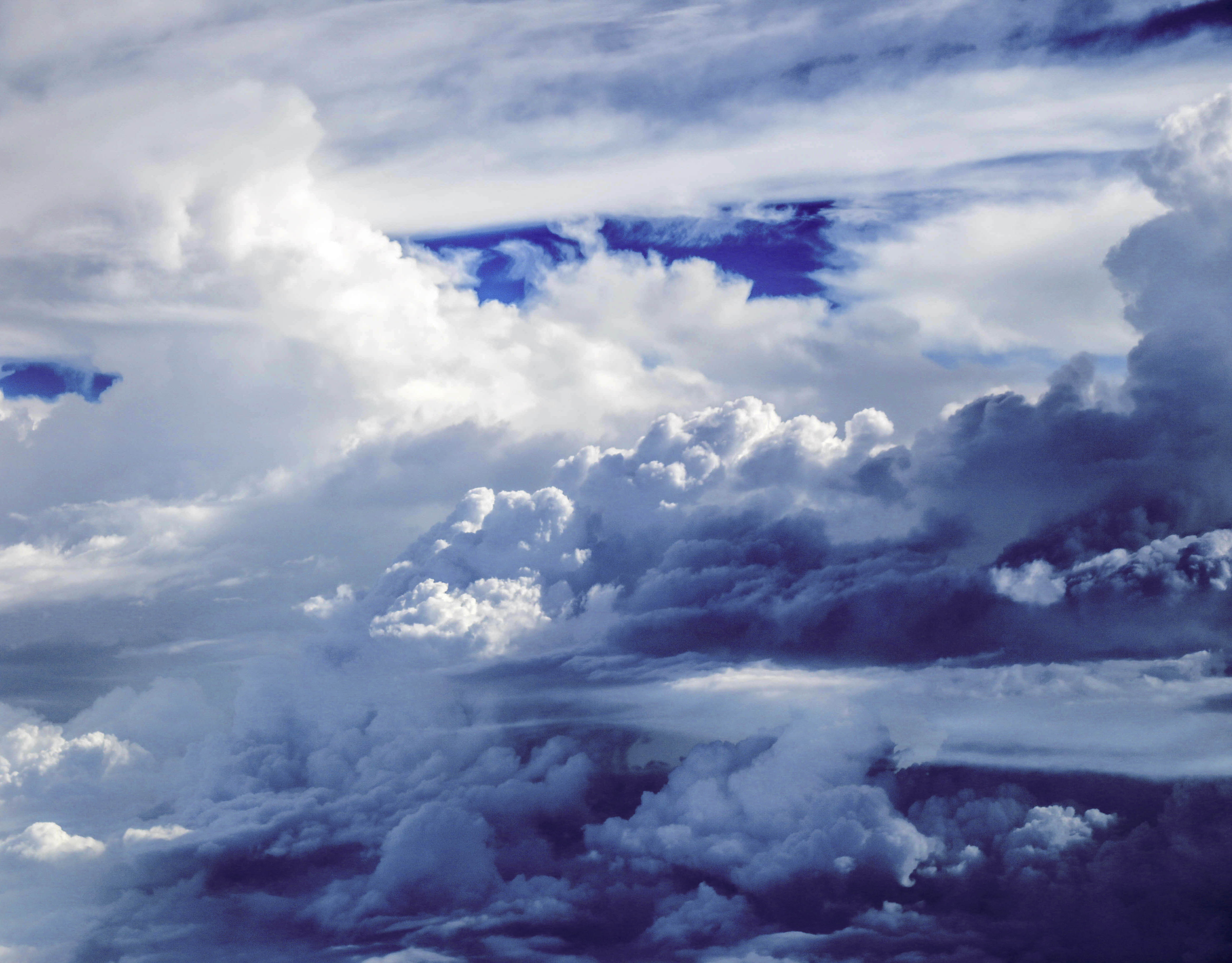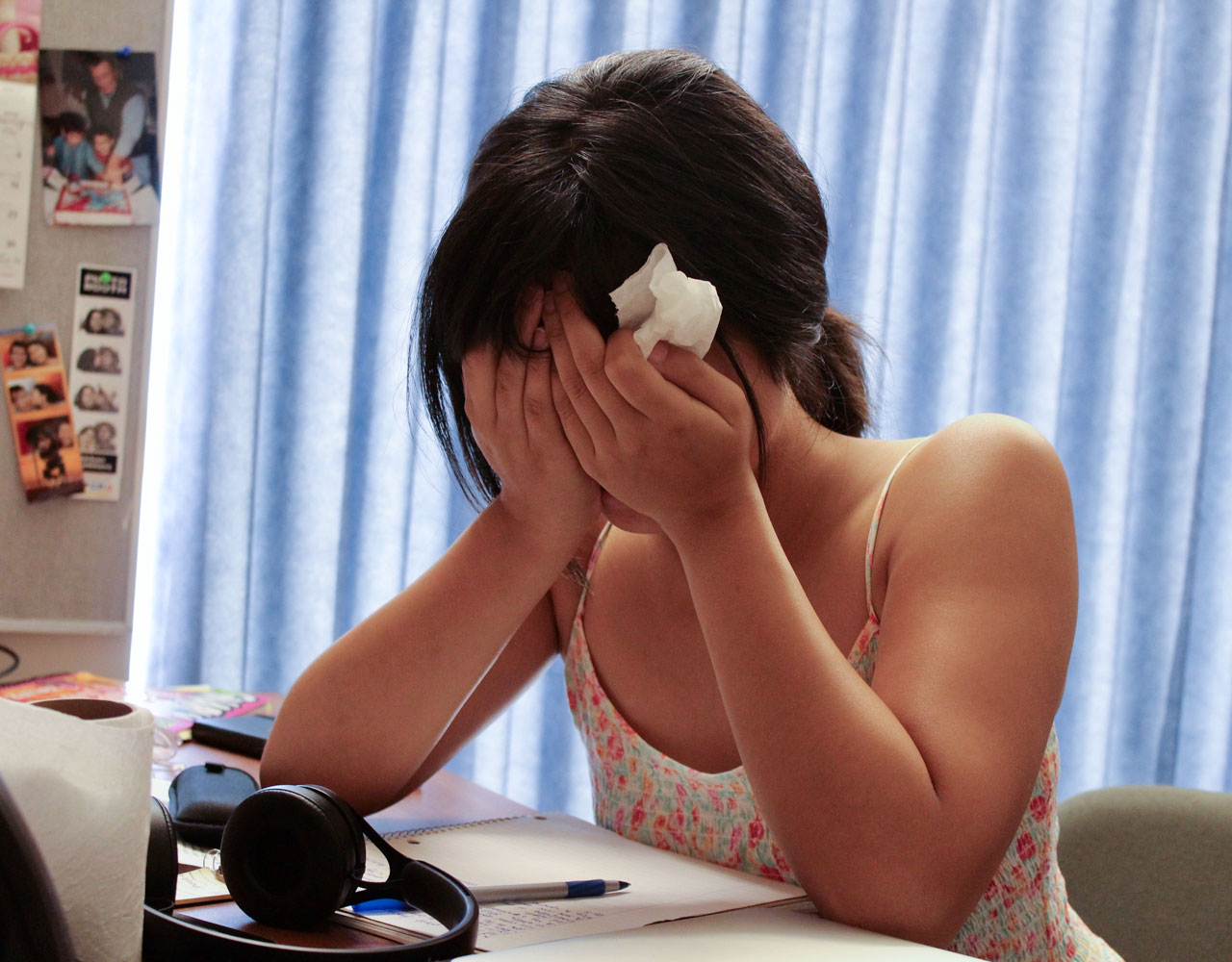Last Friday kicked off a whirlwind weekend here in Ottawa, and I’m not talking about Buffy getting axed from Netflix.
First, there was a moose on a highway, then a bear in downtown Ottawa, and to cap it all off, six sister twisters tore up the Ottawa-Gatineau area last week from the west end in. They cut off power to the region and ripped signs, trees, and homes apart.
I’ve lived in Ottawa my entire life and have never seen Aeolus (king of the Winds in Greek mythology) have such a cow, so why six tornadoes at once all of a sudden? Will it happen again? Could it be worse next time?
Humanity has only existed for three million years, but most of us are well aware of the intensity of nature’s cyclonic rage. Fortunately, she isn’t miffed this often.
Science operates on mathematics and the study of patterns. One such pattern that emerges continuously with natural disasters is the inverse relationship between a disaster’s frequency and its magnitude.
For instance, Ottawa is on a fault line, and many of us have felt the earth shake every so often. Those are earthquakes, and like other natural hazards, the strongest ones happen the least often. I guess you could say we probably fulfilled our tornado quotient for the next while, anyway.
We’re really lucky in Ottawa to be not only on a fault line, but right in the dark, tempestuous path of one of two of Canada’s tornado alleys. Warm, tropical air from Mexico flows over the American South, collecting moisture. This sultry southern hot box collides with air from Canada’s cool and dry interior. America’s hot air takes the high road over Canada’s cold shoulder, and all the moisture compacts and condenses into a cumulonimbus cloud calamity.
These storm clouds are funneled between the Rockies and Eastern Appalachia, and around the St. Lawrence River and the great lakes. Basically, balmy air from the south mixing with our cool, dry, Northern pneumatics creates rather ideal conditions for nastier and more frequent tornadoes.
So check for right place, right time? Mate.
You don’t need to be an ace reporter to connect the Ottawa tornadoes to Hurricane Florence in the South. The hurricane is an attractor, a singularity rapidly taking in and spitting out high, moist winds, some of which blows right into tornado alley ergo Ottawa-Gatineau.
Hydro One and Hydro Ottawa had worked the entire weekend on restoring power to the affected areas. The power junction at Hunt Club and Merivale was more beat up than Faith after Buffy stabbed her, and couldn’t be fixed so quickly. The station feeds an estimated 1,000 megawatts from the provincial lines into the city, powering roughly half of it. Some Ottawa residents were out of power as late as Tuesday.
Even though it likely won’t happen again for a while, when it does, don’t expect it to be any more pleasant than that last hot mess. Climate change is a slow but sure process, and the fact is, the more greenhouse gas there is in the atmosphere, the more moisture in the wind for Aeolus to chuck at us.
How much of his ammo he can attribute to us is still up in the air—but from where I stood, as the school across the street from me was ripped apart, there was a lot of debris—but I did not see a white flag.
Photo by Jasmine Foong






